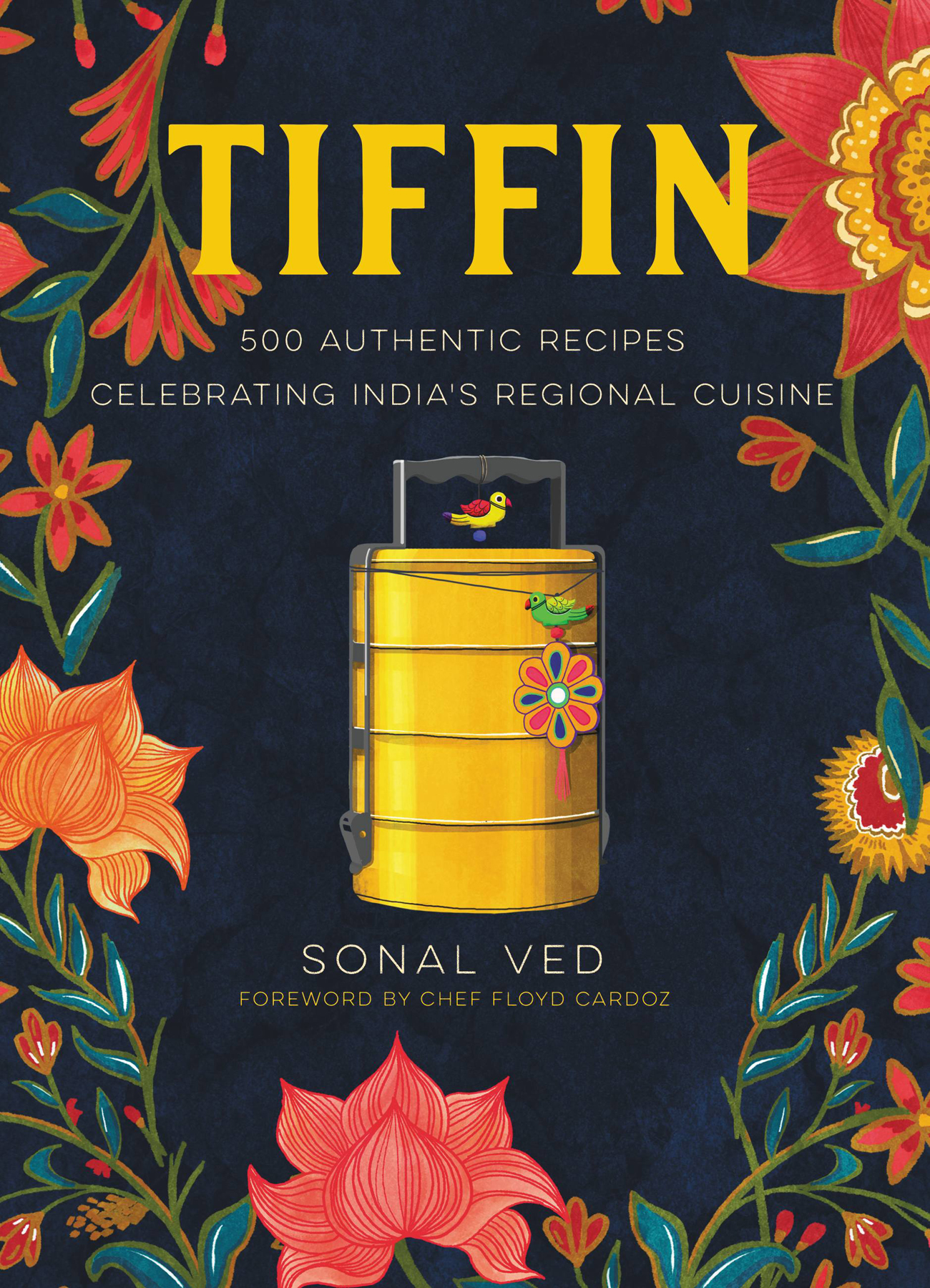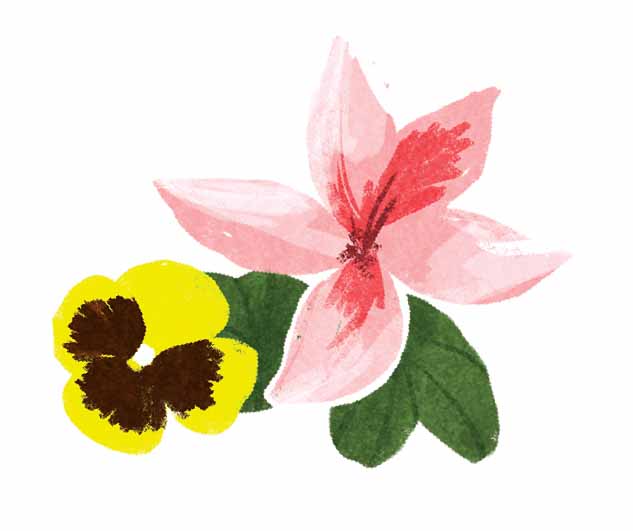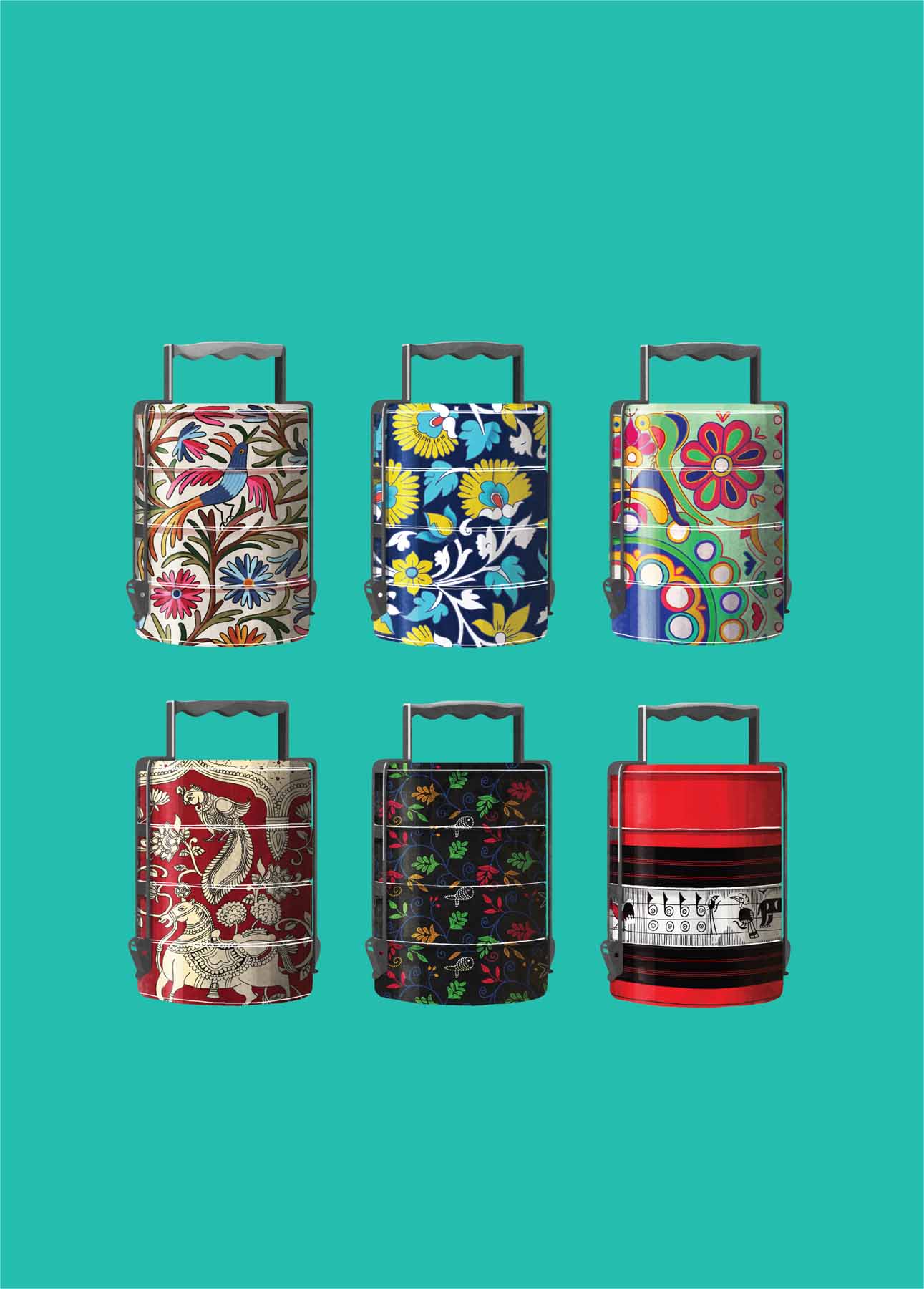Copyright 2018 by Roli Books Foreword copyright 2018 by Chef Floyd Cardoz Cover design by Amanda Richmond Cover illustration by Abhilasha Dewan Cover copyright 2018 by Hachette Book Group, Inc. Hachette Book Group supports the right to free expression and the value of copyright. The purpose of copyright is to encourage writers and artists to produce the creative works that enrich our culture. The scanning, uploading, and distribution of this book without permission is a theft of the authors intellectual property. If you would like permission to use material from the book (other than for review purposes), please contact permissions@hbgusa.com.
Thank you for your support of the authors rights. Black Dog & Leventhal Publishers Hachette Book Group 1290 Avenue of the Americas New York, NY 10104 www.hachettebookgroup.com www.blackdogandleventhal.com First ebook edition: October 2018 Originally published in 2018 by Roli Books in India Black Dog & Leventhal Publishers is an imprint of Running Press, a division of Hachette Book Group. The Black Dog & Leventhal Publishers name and logo are trademarks of Hachette Book Group, Inc. The Hachette Speakers Bureau provides a wide range of authors for speaking events. To find out more, go to www.HachetteSpeakersBureau.com or call (866) 376-6591. The publisher is not responsible for websites (or their content) that are not owned by the publisher.
Recipe photography copyright 2018 by Anshika Varma ISBN 978-0-316-41577-4 E3-20180727-JV-PC
G rowing up and staying in Bombay from the 1960s through 1980s, good Indian food, as I knew it then, was always regional. Cooked and eaten at home, it was delicious. As a young boy I would wait for my friends to invite me over for a meal especially those who were from different parts/regions of Indiafrom Maharashtra, Kashmir, Karnataka, Bengal, or Rajasthan. Some of these friends were Catholic, or Hindu, Muslim, Parsi, or Sikh. No matter who they were, or where they came from, there was always amazing food cooked and served at home. My love for food grew from these meals.
There were other cuisines we enjoyed when we went out to eat at restaurantsespecially Mughlai, Chinese, and South Indian, or sometimes street fare of Chole Bhature. To most of us this was what we called Indian food. The food at home was never considered Indian cuisine as it was more Goan or Kashmiri, or Maharashtrian. The nicer restaurants predominantly served restaurant food, which was primarily Mughlai with a bit of tandoori or Punjabi food thrown in. These restaurants existed in every major city, with other options of lunch homes or smaller hotels. Over the years the cuisine slowly evolved and Indian restaurants spread to other parts of the world, making the diners believe that this was Indian cuisine.
It was in the early 80s that the luxury hotel chains first started experimenting with regional Indian food. These meals, though expensive, introduced people for the first time, to food and a style of cooking they had no idea even existed. When I started to cook, I had no interest in cooking the Indian food that restaurants had made popular. Even after I moved to the United States, I did not have much interest in eating or cooking this Indian Cuisine. When I married Barkha I was introduced to a regional variety, Sindhi cuisine. This was very different from anything I had ever eaten.
It excited me as a cook and a food lover to rediscover and celebrate the diversity of our regional cuisine. I love Indian cuisine, the variety it offers, the cooking techniques, and the use of flavor and texture. I want the world to enjoy and celebrate this multiplicity in food that India has to offer. However, the use of an all-encompassing term Indian Cuisine does this wide range a disservice. We dont group French, German, Italian, and Spanish cuisine into a broad group of European cuisine. Calling our food Indian Cuisine does not cover the depth, or showcase the nuances of the wide variety.
I want to champion this diversity and beauty of regional Indian food. There is so much to discover, so much to acknowledge.
When we opened The Bombay Canteen in Mumbai, I was certain we were going to cook Indian food. We started to look for lesser-known regional cuisines and cooking techniques. And in the process discovered gems that most of our guests liked, but also some that others thought were strange. However, we continued our push for this regional variety and celebrating the food of one of the states on the coastal belt of India, and decided to open OPedros.
Today, many chefs and restaurateurs are embracing and experimenting with local regional ingredients and cuisines. The inspiration is endless and the possibilities even more. Indian regional cuisine is here to stay! The more we can do to spread the word and share the cuisine, the better world cuisine will get. Tiffin is a book that is just scratching the surface; it is like opening Alibabas cave, a treasure trove of recipes and memories that mean a lot to a billion people! Every recipe contributed in this book has a context and a memory associated. Our chef at The Bombay Canteen, Thomas Zacharias, like myself, champions regional Indian food and his recipes remind him of the joy of eating with family and the glorious flavors of his home. Of festivals he celebrated with his grandmother and the aromas of her kitchen.
My moms shrimp curry takes me back to the lazy afternoon meals we had growing up in Bombay and Anjuna. It still reminds me of the home-grown coconuts, rice, and mangoes. It takes me back to the days when we climbed our neighbors coconut tree to steal a few fresh coconuts (even though we had a yard full of coconut trees that we had access to). I still remember an Assamese harvest meal that we immensely enjoyed, but also wondered why not many people (me included) knew about their amazing pork curry! Tiffin celebrates these regional offerings, showcasing food from Ladakh to Tamil Nadu, and from Maharashtra to Arunachal Pradesh. Introducing food and cooking techniques that most of us dont know exist or have experienced. I believe if we dont celebrate these cuisines and techniques they will die like so many dishes, never to be recognized again.
I have had the pleasure of working with Sonal Ved on various projects. She has put her heart and soul into this treasury of food that India has to offer to the world. As a chef I am excited to see this compilation of recipes. I wish this was my daily Tiffin and I could enjoy these cuisines every day! CHEF FLOYD CARDOZ
T he journey of
Tiffin begins in our own kitchen, between the pages of a family recipe book, and in the childhood memories of how our grandmothers cooked. As we hold a magnifying glass over the lunch tiffins of our friends at school and later of our colleagues at work, dishes that deck our dining tables, and sophisticated amuse-bouches at progressive Indian restaurants, we experience the diversity of Indian cuisine. As a civilization, India is believed to be about 80,0000 years old.


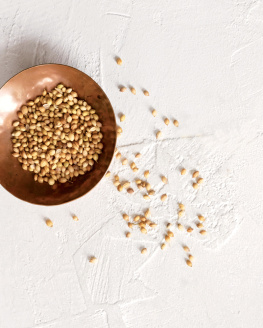
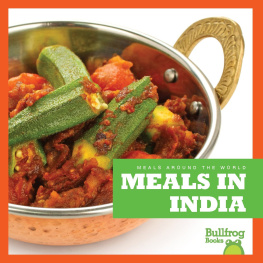
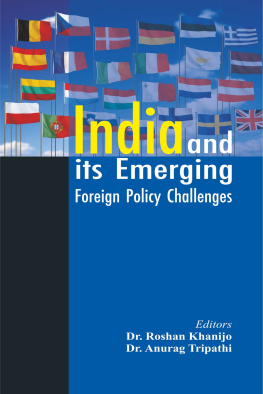
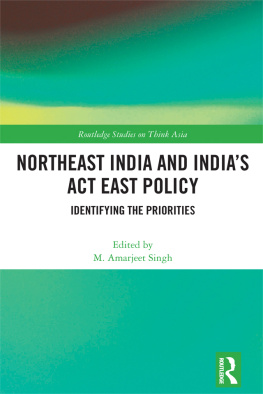
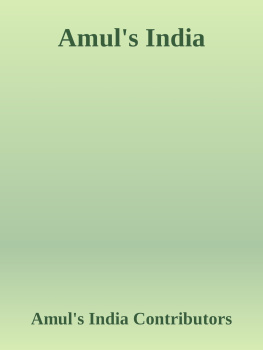


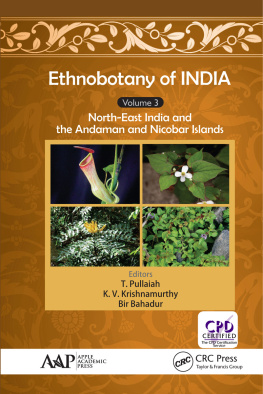
![Keith Bain - Frommers India [2010]](/uploads/posts/book/43617/thumbs/keith-bain-frommer-s-india-2010.jpg)
